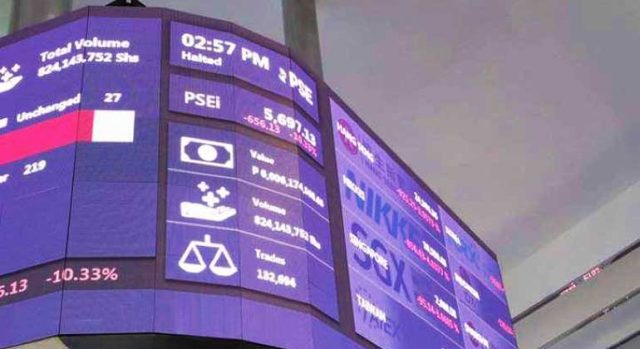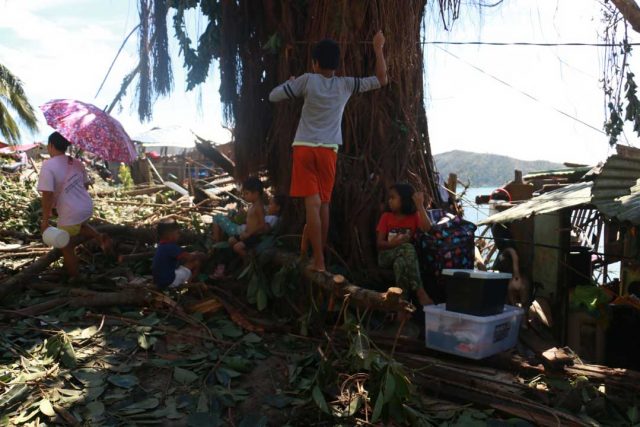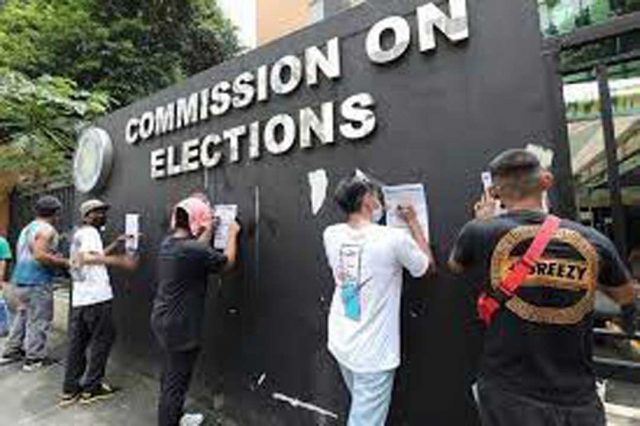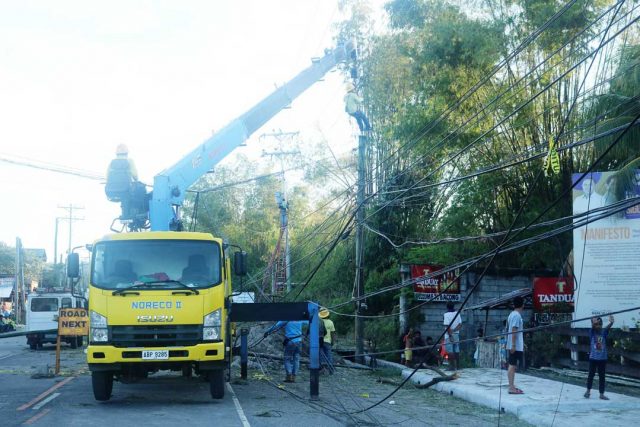Shares dip on US growth outlook, typhoon setback
PHILIPPINE stocks declined on Tuesday as investors retreated to the sidelines amid weak US economic growth outlook for next year and the expected economic setback from the damage caused by Typhoon Odette.
The bellwether Philippine Stocks Exchange index (PSEi) on Tuesday slid 70.55 points or 0.97% on Tuesday to close at 7,167.06, while the broader all shares index dropped by 22.71 points or 0.59% to 3,805.67.
“Local market negatively reacted to the weaker US gross domestic product (GDP) growth outlook in 2022 amid Omicron spread and threat of the so-called ‘policy-induced’ US growth slowdown given recent US Federal Reserve policy hawkish pivot,” First Metro Investment Corp. Head of Research Cristina S. Ulang said in a Viber message.
“US growth outlook has historically influenced Philippine GDP growth outlook and equity market outcomes,” Ms. Ulang added.
The annualized rate of gross domestic product growth was expected to drop to 4% in the first quarter of 2022 from an expected 6% in the final three months of this year, according to a Reuters poll of economists published on Dec. 8.
Growth for all of 2022 was seen decelerating to 3.9% — still well above pre-pandemic trends — from 5.6% this year, Reuters reported.
“Investors also priced in the local economic setbacks caused by Typhoon Odette in Tuesday’s session,” Philstocks Financial, Inc. Senior Research Analyst Japhet Louis O. Tantiangco said in a Viber message.
The National Disaster Risk Reduction and Management Council said in an initial report on Monday that Typhoon Odette caused at least P118 million in damage to agriculture and P225 million in damage to infrastruc-ture.
The Department of Public Works and Highways estimated damage to national roads, bridges, and flood-control structures at P448.9 million as of 12 noon on Tuesday.
At the stock market, all sectoral indices tumbled on Tuesday.
Financials decreased 25.24 points or 1.54% to 1,604.54; services declined 17.40 points or 0.87% to 1,980.07; property contracted 27.03 points or 0.84% to 3,176.51; industrials plunged 75.46 points or 0.73% to 10,192.98; hold-ing firms lost 47.61 points or 0.67% to 7,004.34; and mining and oil went down 4.79 points or 0.05% to 8,999.16.
Value turnover inched up to P6.86 billion on Tuesday with 955.83 million shares switching hands from the P6.70 billion on Monday with 1.09 billion shares traded.
Decliners beat advancers, 106 against 75, while 56 names closed unchanged.
Foreign net selling rose on Monday with P372.02 million in net outflows from the P237.48 million recorded the previous trading day.
Regina Capital Development Corp. Head of Sales Luis A. Limlingan pegged the resistance at 7,300, and support at 7,120. — M.C. Lucenio












